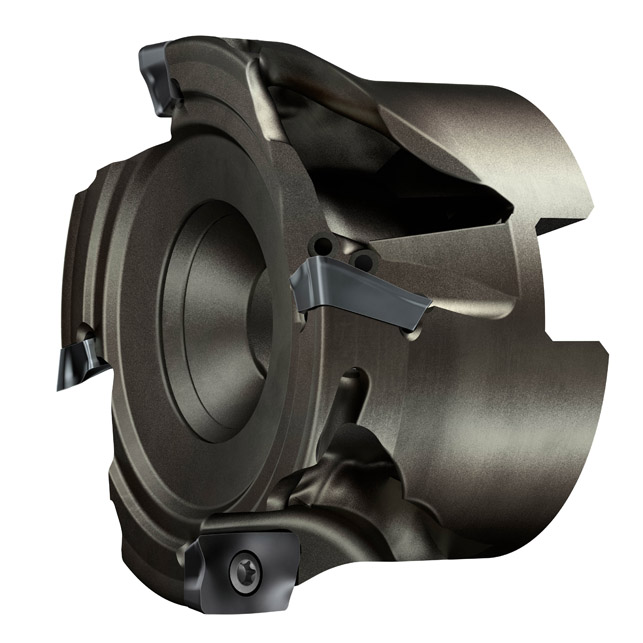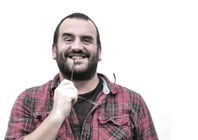Having shown off his metalhead roots earlier in this issue, Al Dean asks how additive manufacturing and design optimisation can live up to their promises if we’re not aware of when they’ve been used to best effect?

In the race to establish additive manufacturing (AM) as a mainstream production process, many vendors continue to struggle when it comes to showcasing compelling, real-world examples of how their technology and materials might be used to best effect.
You’ll have read about Sandvik’s project to build an unbreakable guitar for Yngwie Malmsteen, a rather obscure Swedish guitarist who I, if I’m honest, thought had passed into obscurity with the death of hair metal at the hands of Nirvana in the early 90s.
So why did I want to feature this story in the magazine? The simple answer is that it’s metal – and there’s not enough of that around these days. But more than that, it’s an interesting story about how Sandvik is starting to flex its AM muscles.
After all, this is a company with a long history in metal cutting and production technology. From its roots in steel production and mining, to the global operation it is today, Sandvik has always pushed boundaries, so its interest in additive should come as no surprise.
But Sandvik has found itself facing a common problem for companies in the technology sector – finding real-world case studies and projects that people want to hear about.
If these companies have early adopters on their customer rollcalls, then those pioneers usually want to play their cards close to their chests, keeping news of whatever competitive advantage they’ve achieved to themselves.
As a result, you tend to find that, like Sandvik, companies will go the extra mile to conjure up their own projects to share with the world, ones that show off their technology and highlight how it might be used elsewhere.
Whether it’s guitars for Swedish metallers or two grand’s worth of 3D-printed skateboard trucks, these showcase projects can unfortunately be pretty thin on meaty detail.
While the quality of the accompanying photography may be excellent, these stories don’t tend to mean a great deal beyond their social media capital for the company concerned.
As Don Norman wrote in The Design of Everyday Things: “Rule of thumb: If you think something is clever and sophisticated, beware. It is probably self-indulgence.”
Whether it’s guitars for Swedish metallers or two grand’s worth of 3D-printed skateboard trucks, these showcase projects can unfortunately be pretty thin on meaty detail. While the quality of the accompanying photography may be excellent, these stories don’t tend to mean a great deal beyond their social media capital for the company concerned
Then I received another press release from Sandvik; this time, from its Coromant metal cutting division. This detailed the company’s new Coromill 390, a machine that features a cutter body produced using additive manufacturing.
While this isn’t the first time this has been talked about (Coromant used additive to provide through spindle coolant channels in another of its products recently), this has some interesting properties.
Because the team has used the combination of AM, lightweight titanium and topology optimisation to create a more complex, less-heavy single-piece design, the cutter can work at longer overhangs from the holder, allowing it to reach deeper into a part without the excessive vibration experienced with traditional longer-length cutting tools.
Essentially, this cutter is a pretty mundane product. A cursory glance shows no real trace of the wizardry that went into its construction, no clues that this is anything other than another end mill. And perhaps that’s why it’s the perfect end result for both additive and design optimisation technology. As soon as you don’t notice it, that’s the point where it becomes really useful.

…when vendors still struggle to showcase the technology in compelling ways?
Default






